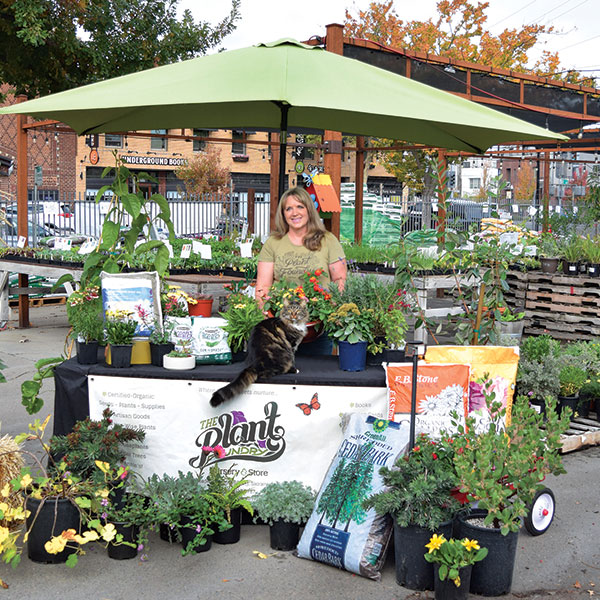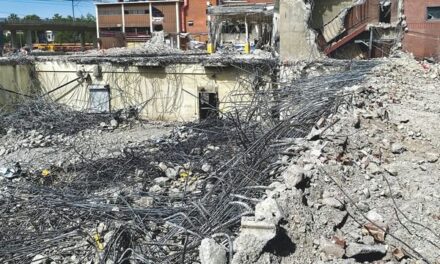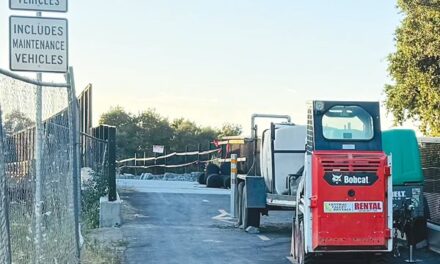Crazy weather and alarming environmental catastrophes suggest Sacramento gardeners may want to rethink old school strategies and practices. What worked a few years ago does not necessarily guarantee success today.
Gardeners and plants have been forced to deal with smoke and ash from wildfires, unusually hot stretches of summer heat, milder winters and strict water conservation because of persistent drought. Not yet apocalyptical threats, but reason to tweak things in your favor.

“I have noticed increased heat and drought in my garden for several years and have tried to bend with it,” says Debbie Flower, a retired horticulture professor who lives in Fair Oaks. “Because I am stingy with water, I have lost a few plants and watched others defoliate in the hottest part of summer.”
She is trying to accept a “different aesthetic in the landscape,” one that includes “less green in July and August.” Flower introduced some desert species to her garden, including palo verde, mesquite and desert willow.
“One thing you can do is wisely choose plants,” Flower says. “Pay close attention to the recommended water needs and plant them together with plants of similar water needs. Also apply a thick layer of mulch, 4 inches minimum. And visit the garden regularly, daily if possible. Examine your plants from afar and up close.”
The National Weather Service in Sacramento reported two records when the official rainfall year ended Oct. 1. A scant 6.61 inches of rainfall was recorded during the year at the Executive Airport climate station (average is around 18 inches). Downtown’s climate station logged 195 consecutive days without measurable rainfall (the dry spell ended at 212 days). Alarming reservoir water levels and water district conservation efforts emphasize the need for frugality.
Nurseries such as The Plant Foundry in Oak Park emphasize plants that adapt to less water.
“We have always had strong water-wise leanings when it comes to plants,” says owner Angela Pratt. “Our landscape plant offerings skew drought-tolerant. We’ve expanded native plants in general. We still sell fruit trees, vegetables and herbs that require regular water because growing your own food comes with other environmental benefits.”
Wildfire ash is noticeable on cars, but we may not see it on plants. I wash off landscape foliage weekly when the air is fouled with smoke and ash. A quick spray makes water usage acceptable to maintain plant health. Plants absorb carbon dioxide and release oxygen, essential for life.
“The extra particulate matter in the air from wildfire smoke increases dirt on plants, making wildfire season an especially good time to hose off plants,” Flower says. “Washing the foliage removes dirt, dust and insect excrement (commonly called honeydew) from leaves and branches. The resulting increase in light getting to leaf cells increases the plant’s ability to make food, or photosynthesis.”
If you wash plants, do it early in the day to allow foliage to dry before nightfall. Once water is on a leaf for more than six hours, fungal and bacterial diseases can infect plants.
As climates change, we benefit from a longer growing season. Remember when planting tomatoes was reserved for late April or early May? Spring weather has accommodated earlier planting times the past few years. The weather has been warmer earlier in the growing year, but it’s still wise to expect an annoying hailstorm or a few colder days early on.
“We are lucky to already have a very long growing season, but I see no reason not to start earlier!” Flower says. “The calendar should not dictate when we plant. If the soil is warm enough, the plants will do well. Plant warm season annuals after a week of low night temperatures of 50 degrees or higher. Be prepared to protect plants from a late frost.”
Sacramento summers have been blast-furnace hot, and problems with plant and fruit sun damage are escalating.
“We sell Coolaroo shade sails as an inexpensive way to create instant shade,” Pratt says.
Some sort of summer shade once was a choice. Now it’s a necessity for plants and gardeners.
Dan Vierria is a University of California Cooperative Extension Master Gardener for Sacramento County. He can be reached at masterg29@gmail.com. For answers to gardening questions, contact the UCCE Master Gardeners at (916) 876-5338, email mgsacramento@ucanr.edu or visit sacgm.ucanr.edu. Follow us on Facebook, Twitter and Instagram: @insidesacramento.
















